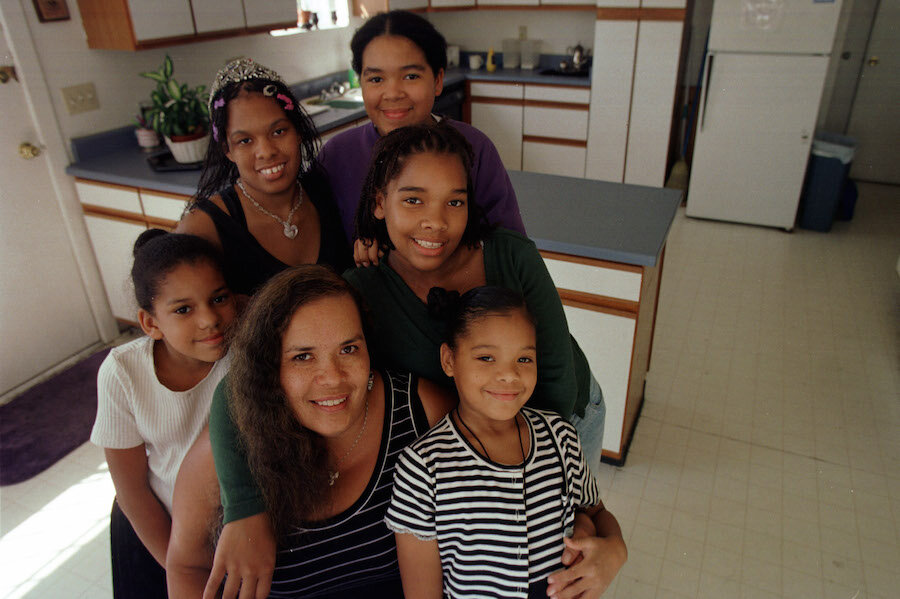Four ways to save for a down payment
Loading...
You've found the perfect home. You qualify for the mortgage, and you can afford the monthly payment. The only problem? You don't know how you're going to scrape together enough cash for a down payment.
This is not a rare problem. Say you're buying a home for $200,000. A down payment of 10% is $20,000. A 20% down payment is a whopping $40,000. Even a modest down payment of 5% will run you $10,000. That's a lot of money. It's especially daunting if you're a first-time buyer who can't rely on the profits from the sale of a home to help cover that down payment.
"Whether you are buying a home for $200,000 or $2 million, the same problem with the down payment exists for everyone," said Peter Grabel, managing director of Luxury Mortgage Corp. in Stamford, Connecticut. "People think that buyers who can spend a lot of money on a home don't have challenges getting a down payment. They do, too. Like everyone else, they can afford the monthly payments, but they have trouble getting the down payment together."
There is good news, though. There are several ways to gather the funds for a down payment. One might work for you, lessening the blow of gathering up all this cash.
1. The Old-Fashioned Way
The most common way to save for a down payment is to start stashing money in a savings account long before you actually want to buy a home. This method will take time, but it's also effective. Say you put away $500 a month for a down payment. After one year, you'll have $6,000. After four? You'll have $24,000 stashed away.
This method does require patience. You can't decide that you want to buy a house and then start shopping next month. But if you're a long-range planner, this might be the soundest way to save for that down payment.
2. Get a Gift From Family Members
It's not unusual for home buyers — especially first-timers — to receive part of their down payment in the form of a gift from their parents or other relatives. You might owe a down payment of $15,000, but your parents give you $10,000 to help soften the blow.
Most lenders accept gifts. But there are rules that you need to follow. First, you'll need to provide the lender a written letter from the gift-givers stating that the money is actually a gift and not a loan that you will have to pay back. Secondly, you'll have to be able to show documentation proving that you deposited the gift into one of your bank accounts.
"Gifts are great, and most lenders accept them," Grabel said. "But don't expect most lenders to let you use gift funds to cover all of your down payment. Lenders want to make sure that you do have enough financial stability to provide at least part of your own money for the down payment."
3. Borrowing From Your 401K Plan
You know that you should never withdraw money from your 401K plan before you hit the age of 59-and-a-half. If you do, you'll be taxed on your withdrawal, and you'll be hit with a penalty of 10%.
There is an exception, though: You can withdraw up to 50% of the funds in your 401K plan — up to a maximum of $50,000 — to help finance the purchase of a home. You won't pay taxes on these dollars, nor will you face any penalty — even if you're younger than 59-and-a-half.
This is a loan, though. You will have to pay it back, typically within five years. Usually, you'll set up a monthly payment, which is in addition to your new mortgage payment.
If you fail to pay back your loan, the money you withdrew will be treated as an early withdrawal. This means you'll be taxed on it, and you'll be hit with that 10% penalty. If you take out $20,000 for a down payment, that's a hefty $2,000. Still, taking out a loan responsibly can make sense.
"Borrowing from your 401K program for a down payment is not a bad thing to do," Grabel said. "The tax laws make that quite a viable option."
4. Taking Out an FHA Loan
Typically, lenders originating traditional mortgage loans will require a down payment of at least 5%, though there are exceptions. But if you take out a loan insured by the U.S. Department of Housing and Urban Development's Federal Housing Administration, better known as an FHA loan, you'll only have to come up with a down payment of 3.5% of your home's purchase price, if your FICO credit score is high enough.
To qualify for that lower down payment, you'll need a FICO score of at least 580, a score that isn't overly difficult to earn. If you do qualify for the lower down payment, it won't be quite as hard to scrape together the funds you need: On a home costing $220,000, a down payment of 3.5% comes out to $7,700 — far more affordable than, say, the $22,000 you'd need for a down payment of 10%.
Be aware, though, that FHA loans do come with the downside of required mortgage-insurance fees that can make them more expensive.
This article first appeared at Wise Bread.







